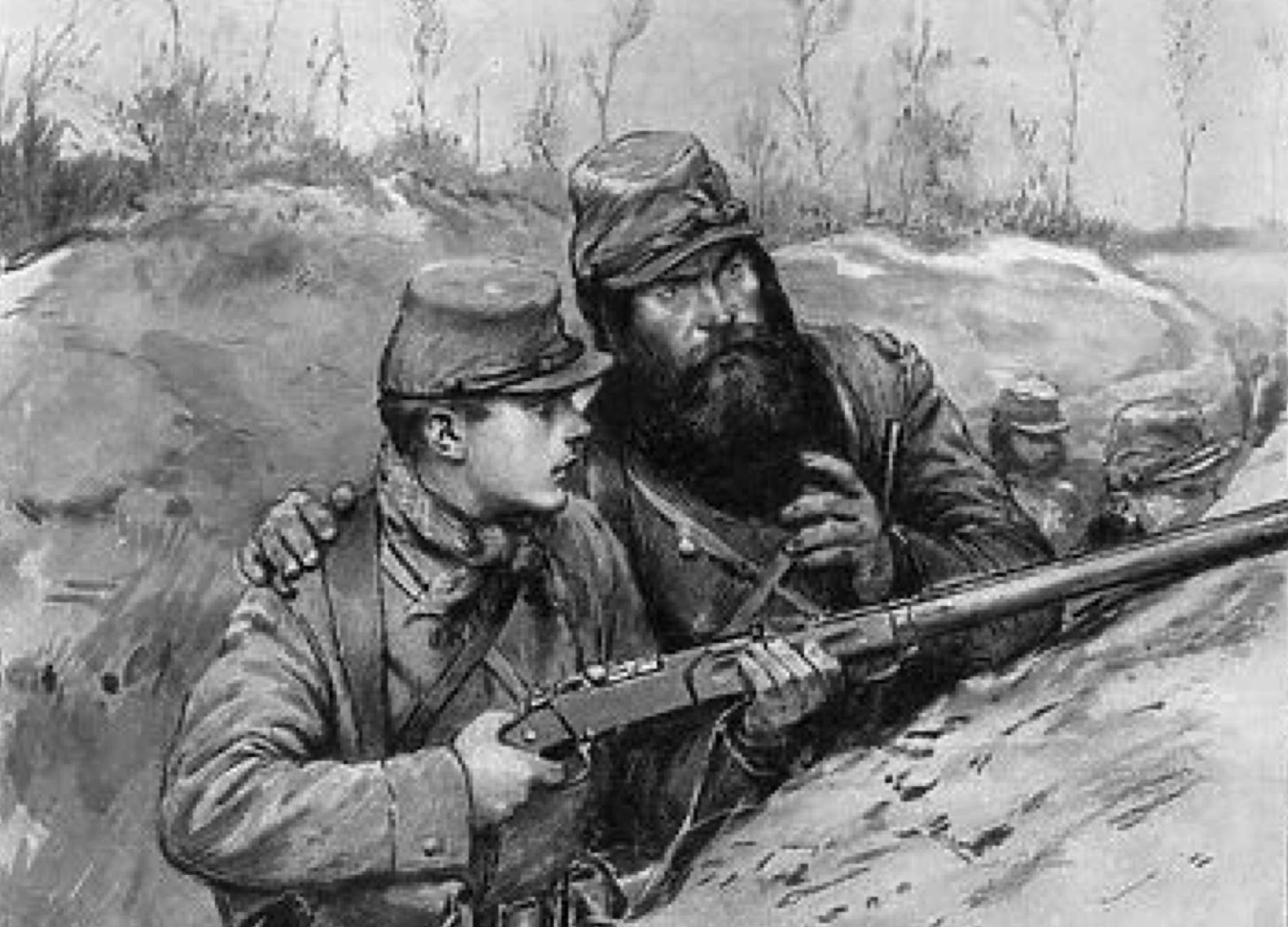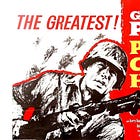Engaged, as they are, in lopsided wars of attrition, both the Israelis in Gaza and the Russians in Ukraine are free to set the tempo of operations. Thanks to this advantage, each of these belligerents enjoy considerable freedom when it comes to rotating units in, and out, of forward positions. This ability, in turn, allows them to attune the length of time a unit spends at the front and the difficulty of the tasks it is assigned to its maturity. In particular, they can limit the duration of each period of combat duty performed by an outfit and, albeit to a lesser extent, the challenges it members are likely to face.
This technique, what might be called “rheostatic employment,” has been around for more than a century. In 1915, the British Army in France and Flanders distributed freshly-formed formations in such a way as to give each army corps one division of the Regular (or Indian) Army, one recently-raised division with some experience of active service, and one division that was “fresh off the boat.” This gave the commanding general of each army corps the means of assigning mature units to challenging sectors and placing neophyte organizations in less demanding locales.1
In the short term, rheostatic employment gives individual soldiers opportunities to “see the elephant” without encountering a pachydermal stampede. Likewise, it allows units to develop the collective capabilities that, in places away from the battlefield, can only be practiced under artificial conditions. (As a rule, a training exercise involving live fire limits movement. Likewise, a field problem that tests the ability of a unit to move gives few, if any, occasions for the “blasting of caps.”)
In addition to this, units given relatively easy battlefield assignments can often make use of older ordnance, thereby saving newer weapons and fresh ammunition for situations where better reliability, range, or rate-of-fire might save the day. Likewise, rheostatic employment allows a force to make use of commanders who, while “brilliant in the basics,” may lack the coup d’œil that distinguishes virtuoso tacticians from run-of-the-mill dealers in enfilade and defilade.
All other things being equal, the benefits that result from rheostatic employment give an army an incentive to extend the duration of any positional conflict in which it finds itself. Such “operational patience,” in turn, provides a force with the medium-term advantage of a substantial reservoir of trained men, tested leaders, and, given wise personnel policies, proven units.
In the long term, however, a sustained “training war” imposes considerable cost. For one thing, leaders who learned one form of fighting “on the job” will find it hard to master other modes of combat. For another, procedures perfected in one kind of war will often prove much less useful, and, what is worse, counter-productive, in another. (This is particularly true of practices that, having been reduced to habits and assumptions, exist below the level of explicit teachings.)
This phenomenon can be seen in the baneful effect that long years of in the trenches of the First World War had on the officers who commanded the battalions, regiments, and divisions of the French Army of 1940. Likewise, American officers who fought for hills and ridge-lines during the last two years of the Korean conflict often found it hard to adjust to the very different demands of the war in Vietnam. (Friends who served with American ground forces in Vietnam have often told me tales of superiors who “thought that they were still in Korea.”)
With this in mind, I would not be surprised if Russian and Israeli junior officers of the 2040s made comparable complaints. Repurposing an old French proverb, they may even observe that “slow wars spoil the soldier.”2
For Further Reading:
To Share, Subscribe, or Support:
Needless to say, there were times when sectors presumed to be quiet turned out to be far more active than expected. Thus, for example, the 1st Canadian Division, spent but a month in a quiet sector before taking up positions that would, within a fortnight or so, put it in the path of the German offensive at Ypres.
In its original form, the proverb, which contrasts French defeat in 1870 with the many successful colonial wars fought by France in the preceding decades, argues that “small wars spoil the soldier” [La petite guerre gâte le militaire].









I think what the Modern US Military lacks are those who are “brilliant in the Basics”. Especially for the US Army, there is little institutional training in what the day to day job is for an Officer, in garrison and the field.
For ROTC Specifically, we teach cadets infantry tactics and procedures for 4 years, and then send them to their officer schools where they learn theory but not application; unless you go into a combat field, your 4 years has little bearing on what your job actually is other than “conceptualizing your role in the battle”. It is expected that an officer learns on the job, which leads to almost random outcomes in knowledge, experience, and competency.
Brilliance in the basics is hard to come by even at the senior levels.
Aside, Russia likely will come out of the conflict with the most experienced armed force in the world for conducting LSCO, since they actually have conducted it and have real experience, where the US Military has virtually no experience in it and seniors are still accustomed to the COIN fight.
Hackworth's entire corpus of writings on his time in Vietnam can be summed up by "superiors who thought they were still in Korea." Indeed, maybe the entire war could be characterized that way.